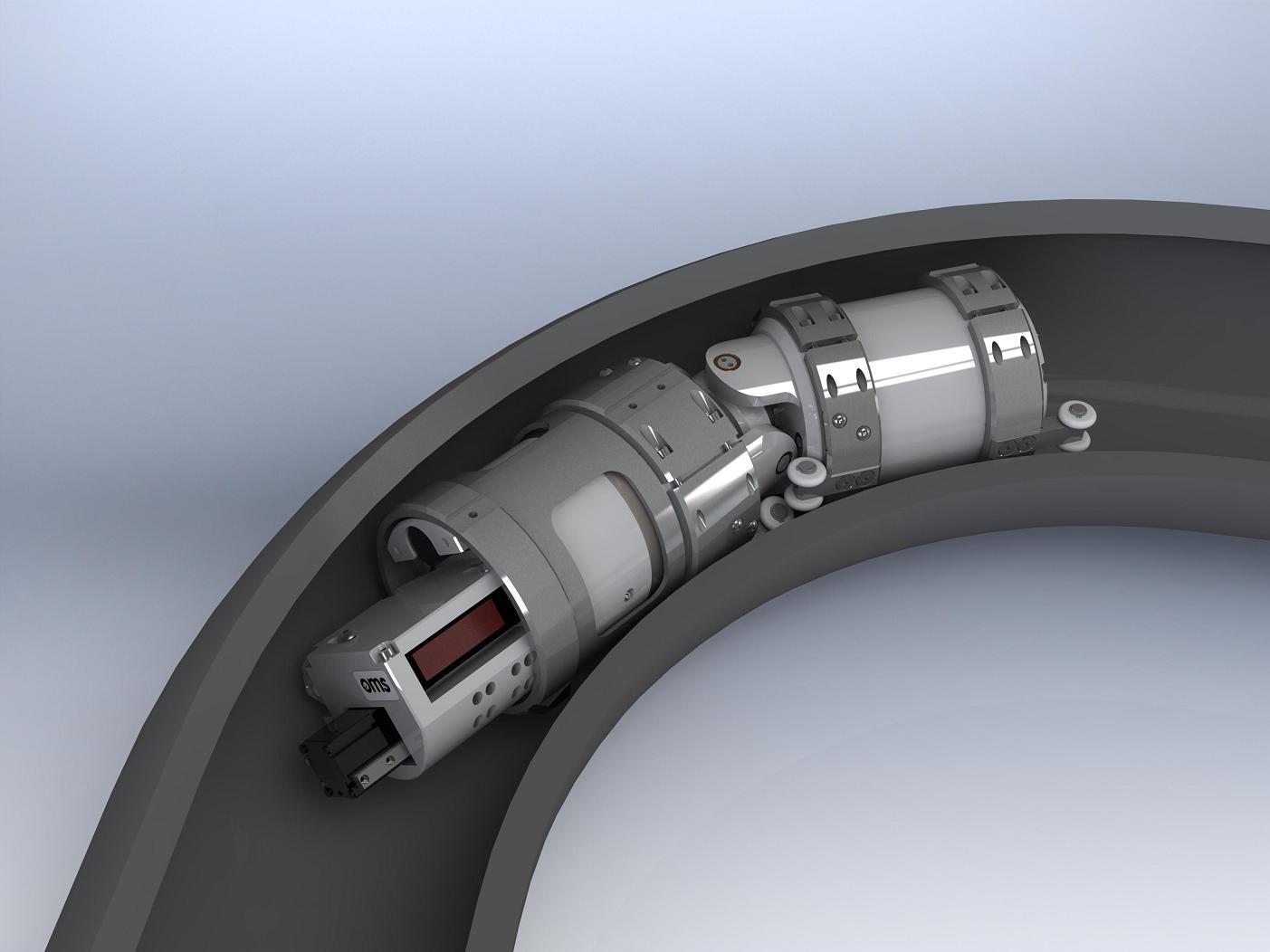Safety First: Comprehensive Pipeline Welding Inspection for Every Project Phase
Crucial Pipe Welding Examination Tips for Quality Control
In the world of pipeline building, the integrity of welds holds critical importance to ensure the safety and performance of the whole system. From gas to fine-tuned petroleum items, pipes develop the lifeline of various industries. Exactly how can one guarantee the top quality of these welds that attach the pipeline sections? The solution hinges on meticulous inspection strategies and adherence to rigid quality guarantee requirements. By understanding the essential pipe welding evaluation tips, specialists can prevent potential dangers, decrease pricey repair services, and support the integrity of these important infrastructures.

Importance of Welding Assessment
Welding evaluation plays a critical function in ensuring the structural honesty and security of pipe systems. By carefully checking out welds, inspectors can recognize any flaws or imperfections that might endanger the integrity of the pipeline. These assessments are necessary for stopping leakages, ruptures, and other potentially tragic failures that might lead to environmental damage, monetary losses, and also loss of life.
The value of welding evaluation can not be overemphasized, as the quality of welds directly influences the overall efficiency and durability of the pipe. Via non-destructive testing methods such as aesthetic inspection, ultrasonic testing, radiography, and magnetic fragment testing, assessors can find defects that might not be noticeable to the naked eye. By determining and attending to these issues early, welding evaluation aids to ensure that pipelines satisfy sector requirements and regulatory requirements.
Eventually, welding examination is a crucial aspect of quality assurance in pipeline repair work, maintenance, and construction (Pipeline Welding Inspection). By upholding strenuous examination criteria, market experts can reduce risks and promote the safety and security and dependability of pipeline systems
Common Welding Issues
Amongst the difficulties faced in pipe welding, typical problems can significantly influence the architectural integrity and efficiency of the bonded joints. Some of one of the most common welding defects consist of lack of fusion, porosity, splits, incomplete infiltration, and imbalance. Lack of blend occurs when there is poor bonding between the weld metal and the base steel, leading to a damaged joint. Porosity, defined by gas pockets within the weld, can decrease the toughness and make the weld prone to corrosion. Fractures in the weld can propagate gradually, compromising the architectural integrity of the pipe. Incomplete infiltration happens when the weld steel does not totally permeate the joint, causing a weak bond. Misalignment, where the weld grain is not correctly focused, can lead to anxiety concentration points and possible failing. Detecting and resolving these common flaws via extensive examination and high quality control procedures are essential for making sure the integrity and safety of pipeline welds.
Evaluation Methods for Pipelines

Non-destructive testing (NDT) strategies such as radiographic testing, ultrasonic screening, magnetic bit screening, and liquid penetrant screening are commonly used in pipeline welding assessment. Aesthetic evaluation is additionally vital in pipe welding to identify any type of noticeable problems or stoppages. Furthermore, computerized inspection methods utilizing sophisticated modern technologies like robotics and drones are progressively being used to enhance the effectiveness and precision of pipe evaluations.
Making Sure Quality Control Specifications
To support stringent top quality assurance standards in pipe construction, thorough adherence to developed industry methods and guidelines is imperative. Quality control in welding processes calls for an extensive approach including various phases of pipe building. Ensuring the high quality of welds involves using certified welders, proper welding treatments, and adherence to industry requirements such as those established by the American Petroleum Institute (API) and the American Culture of Mechanical Engineers (ASME) Assessment and screening play an important duty in verifying the stability of welds, with strategies like non-destructive testing (NDT) being vital for spotting prospective defects. Furthermore, keeping detailed paperwork throughout the welding procedure is essential for traceability and quality assurance objectives. Implementing a robust top quality monitoring system that includes routine audits and evaluations can better enhance the overall high quality guarantee criteria in pipe welding. By prioritizing adherence to these standards, stakeholders can make sure the integrity and safety and security of pipe systems for the long-term.
Preventing Pricey Fixings
Provided the essential importance of index preserving rigid top quality guarantee standards in pipeline construction, a positive technique to stopping pricey fixings is essential. Regular maintenance checks and monitoring of environmental elements that might affect the stability of the pipeline are likewise vital in stopping pricey fixings. By spending in preventative procedures and focusing on high quality guarantee at every stage of the pipeline welding process, companies can minimize the threat of expensive repairs try this site and make sure the long-lasting dependability of their infrastructure.
Conclusion
Finally, adherence to correct welding examination strategies is necessary for making sure the high quality and integrity of pipelines. By recognizing typical welding problems and executing thorough inspection procedures, expensive repairs can be prevented, and top quality assurance standards can be fulfilled - Pipeline Welding Inspection. It is vital for pipeline welders to focus on assessment procedures to keep the security and reliability of the framework they are servicing
The importance of welding examination can not be overstated, as the top quality of welds directly impacts the general performance and durability of the pipeline. Non-destructive screening (NDT) techniques such as radiographic screening, ultrasonic testing, magnetic bit testing, and fluid penetrant screening are frequently utilized in pipeline welding inspection. Visual inspection is likewise essential in pipeline welding to recognize any type of noticeable problems or stoppages. Furthermore, computerized evaluation methods making use of innovative technologies like This Site drones and robotics are significantly being utilized to improve the performance and accuracy of pipeline assessments.In conclusion, adherence to appropriate welding assessment strategies is important for making sure the top quality and integrity of pipelines.